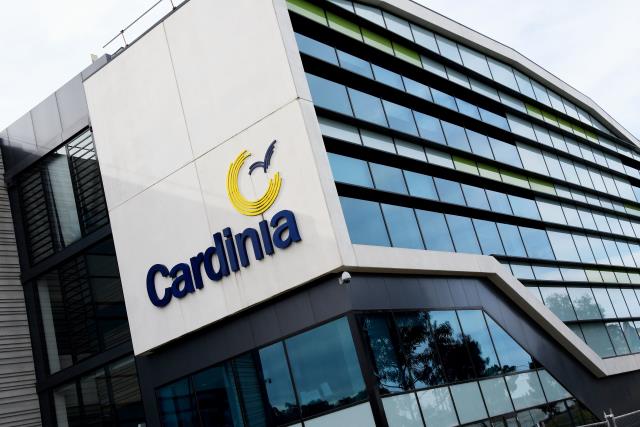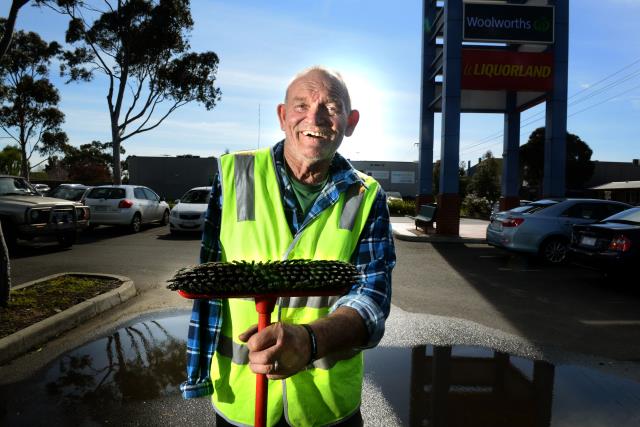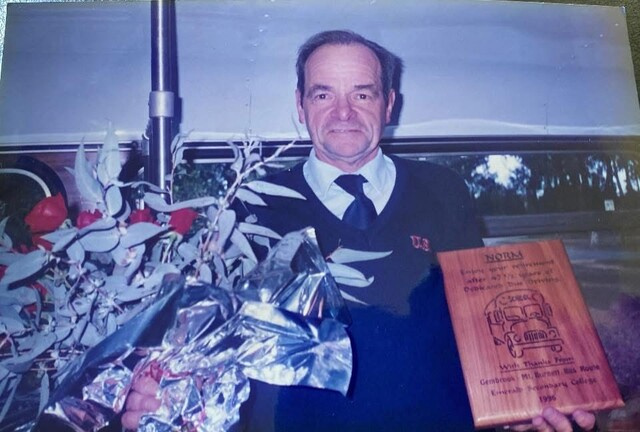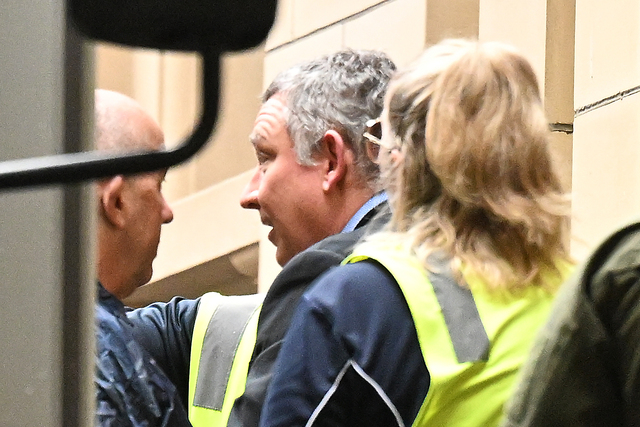Cardinia Shire Council’s almost four-hour meeting on Monday was marked by a return to the basics, a debate on rates.
Councillors debated three major items in the latest general meeting: rates recovery policy, rate adjustments and the draft budget.
The items saw Cr Paton and Cr Nickell spark disagreement on each, with the backdrop set by the current cost of living pressures.
Rates recovery and financial hardship policy was an awkward motion as it reviewed the various legal actions the council can take to enforce overdue rate payments.
The report said rate arrears have increased from 13.8 percent in 2023 to 15.9 percent in 2024
As it is with all councils, it can include taking residents to the Magistrates Court and even selling off property assets to recover payments.
Preempting the alarm, Cr Thomsen reported that the latter measure has never been deployed by the council and emphasised the hardship policy.
“Residents and officers within council are trying to work with each other and trying to achieve a common goal and no one is out to get anyone,” he said.
Residents are still able to pay their rates in installments throughout the year, interest penalties apply for overdue payments.
A schedule is in place for the different types of properties that stipulate late payment notices and higher action.
The policy includes payment plans, deferrals and waivers for residents to apply for.
Cr Paton spoke against the motion.
“It may sound helpful and in our current administrative position it’s necessary to assist those who struggle to pay their spiralling rates,” she said.
“But it’s covering up a deeper issue, rates are too high and the system is unfair.”
The debate heated up in the next item on the draft rates plan for the next five years.
The rate cap is set to increase to 3 per cent in the 2025-26 financial year, but is expected to drop to 2.5 per cent over the following three years.
The rate differentials for the next five years are proposed to stay largely the same. Only urban vacant land will drop from a 229 per cent hike off the base rate to 200 per cent.
Vacant land was dropped as it was found to be a disproportionate rise and affect a trend of owners owning the property for only a short time, indicating potentially first home buyers.
For some councillors, the status quo is not good enough, particularly the 75 per cent differential off the base rate for farmers.
Cr Paton submitted an alternative motion to drop the farming differential to 60 percent, up the urban residential by 1 percent to 108 percent and the rate for farms in urban areas (totalling 41 properties) to be raised from 85 percent to 100 percent.
“This is a more fair and equitable system for council to raise income,” Cr Paton said.
“Our green wedge land mass makes up 90 percent of the shire, yet somehow it’s our farmers and rural landholders who are expected to foot the bill for infrastructure.”
Farmers are two per cent of rate payers and make up four per cent of income total.
The way in which urban growth has inflated farmland values, and therefore rate calculations, was also mentioned.
Cr Ross and Cr Nickell supported the alternate motion.
As this is a draft, the differentials will be discussed among the community later in the year.
Mayor Kowarzik said he understood that the rates need to be more equal, and was pleased they will be discussed further.
“That includes, I think, where we should be trying to increase the burden on landbankers,” he said.
“I don’t think this should be a debate between farmers and residential areas.
“We need to help farmers, no doubt, particularly smaller landholders, but we shouldn’t do that by passing on the burden.”
The officer’s draft policy was passed.
The draft budget was next, which showed an expected deficit.
The difficult financial situation sees the council expecting a $3.2 million debt next financial year, when you exclude all grants and contributions.
As a result, there are not many new infrastructure projects listed, but more of a reorientation to core services.
Cr Paton didn’t accept the adoption of the draft in principle and targeted administrative spending.
“Despite all the effort, the budget still pays lip service to the rising cost of living and the growing cost of government,” she said.
“We are seeing more landowners unable to pay their rates and yet this council is still proposing a 3 per cent increase.”
The motion was passed and the budget will be finalised after community consultation.
You can view the draft budget and watch the council meeting at cardinia.vic.gov.au/meetings







